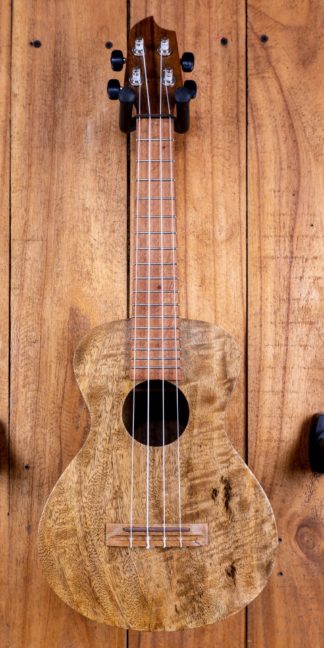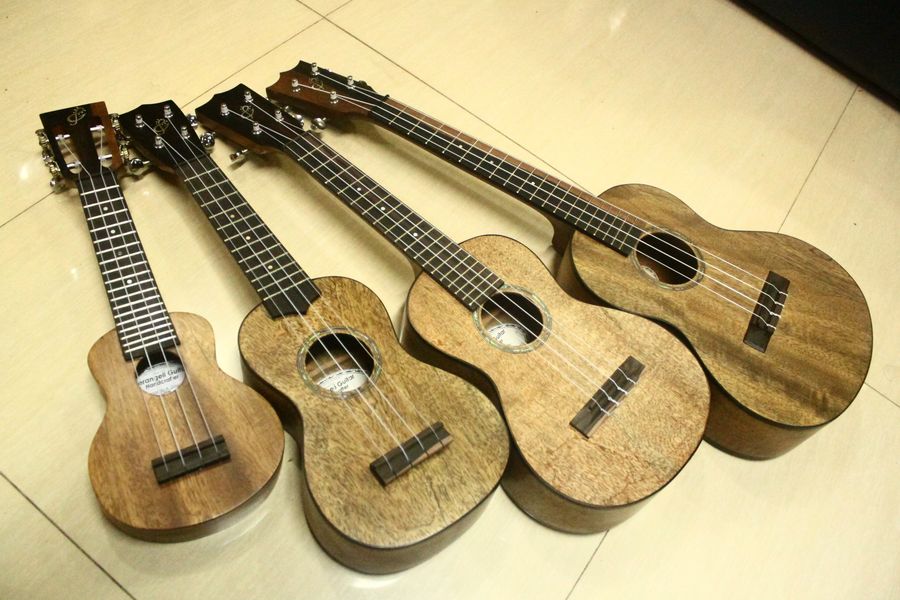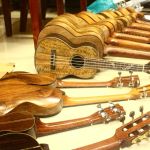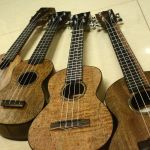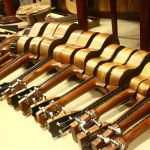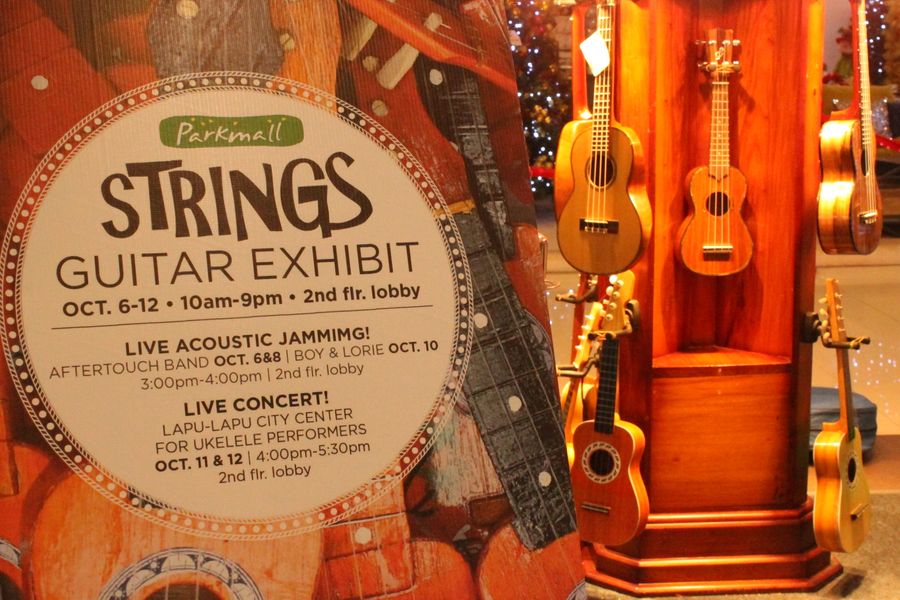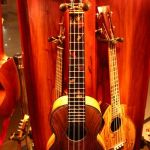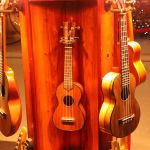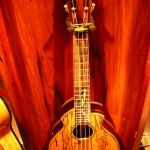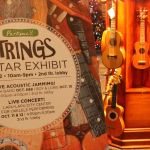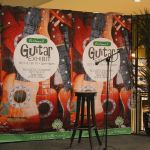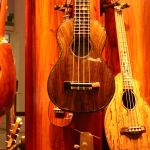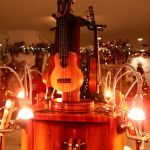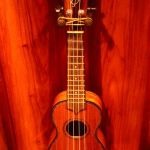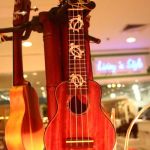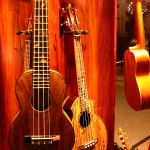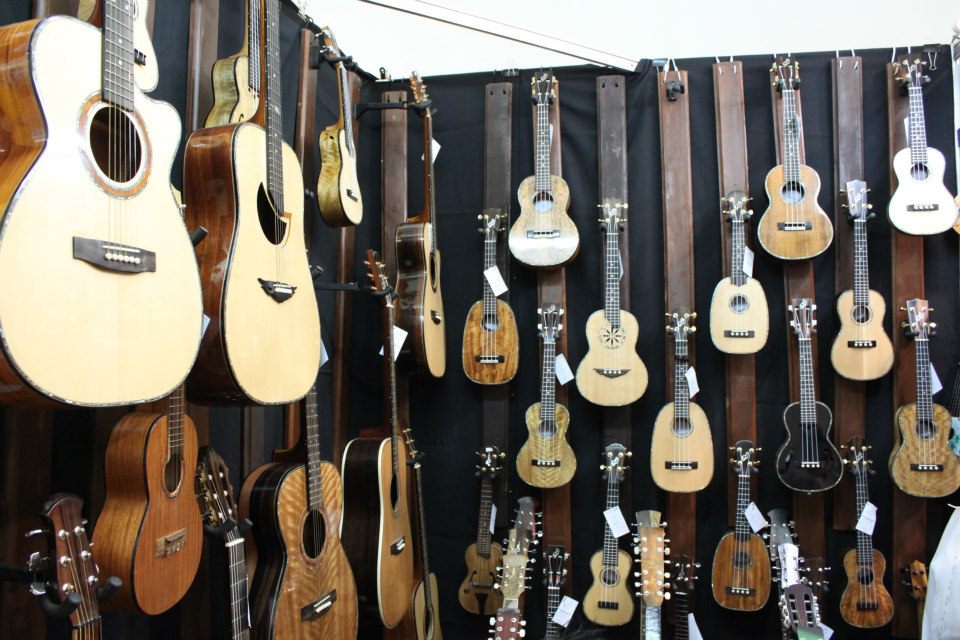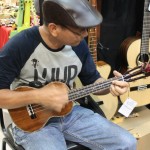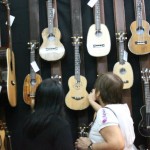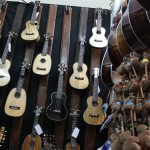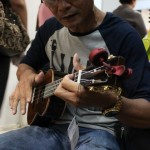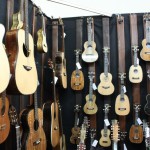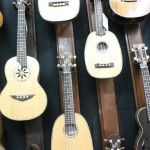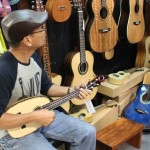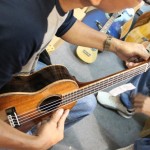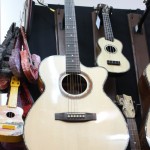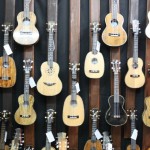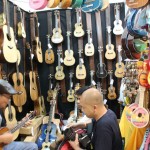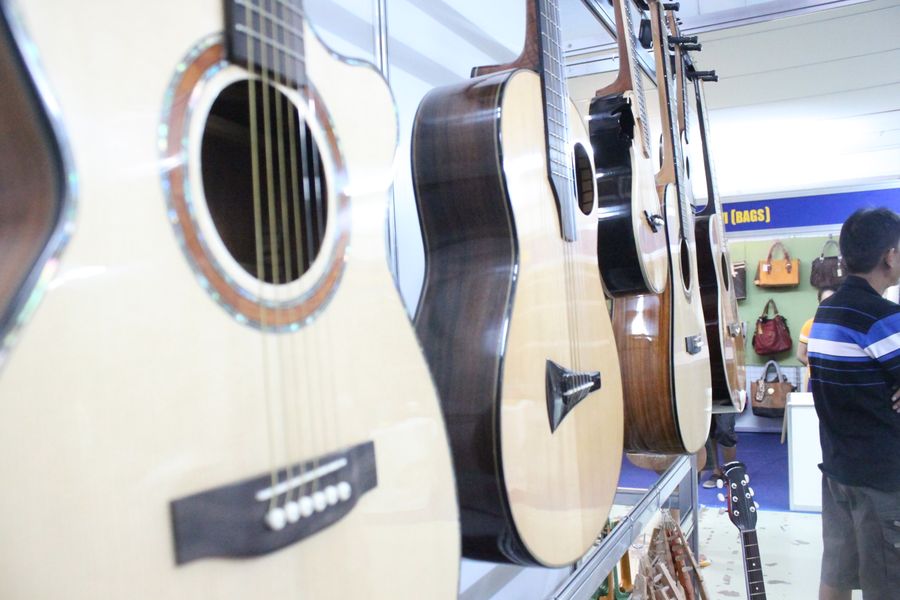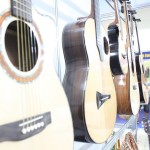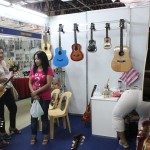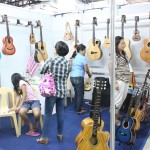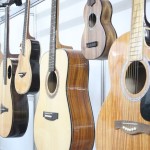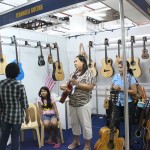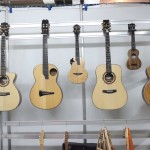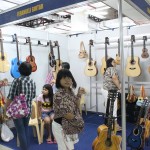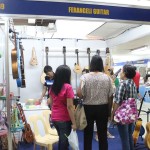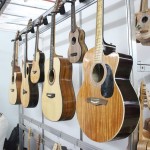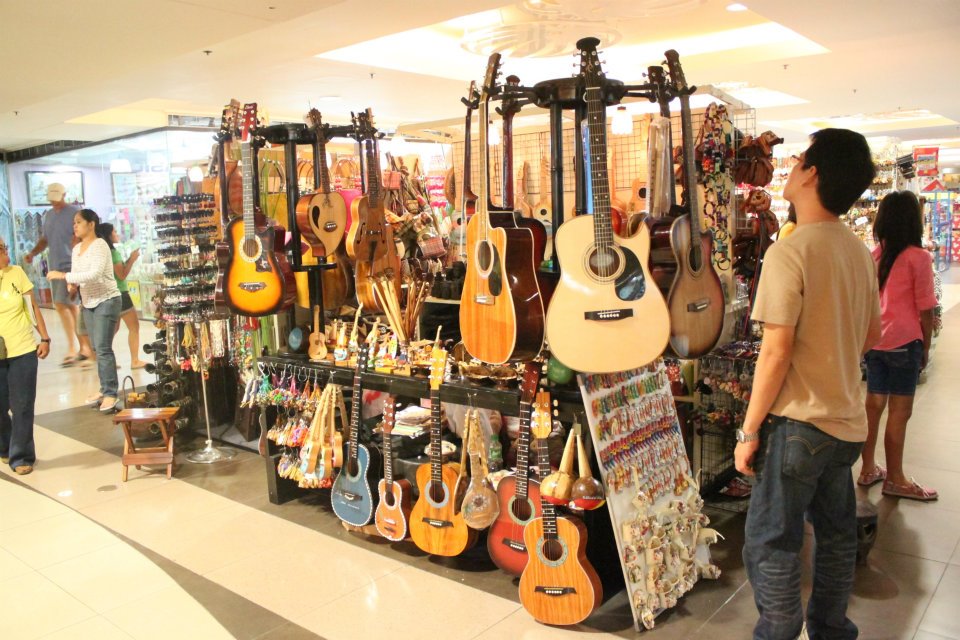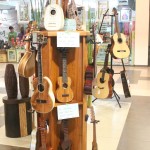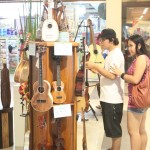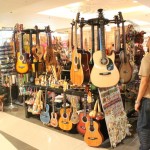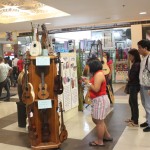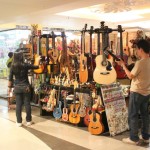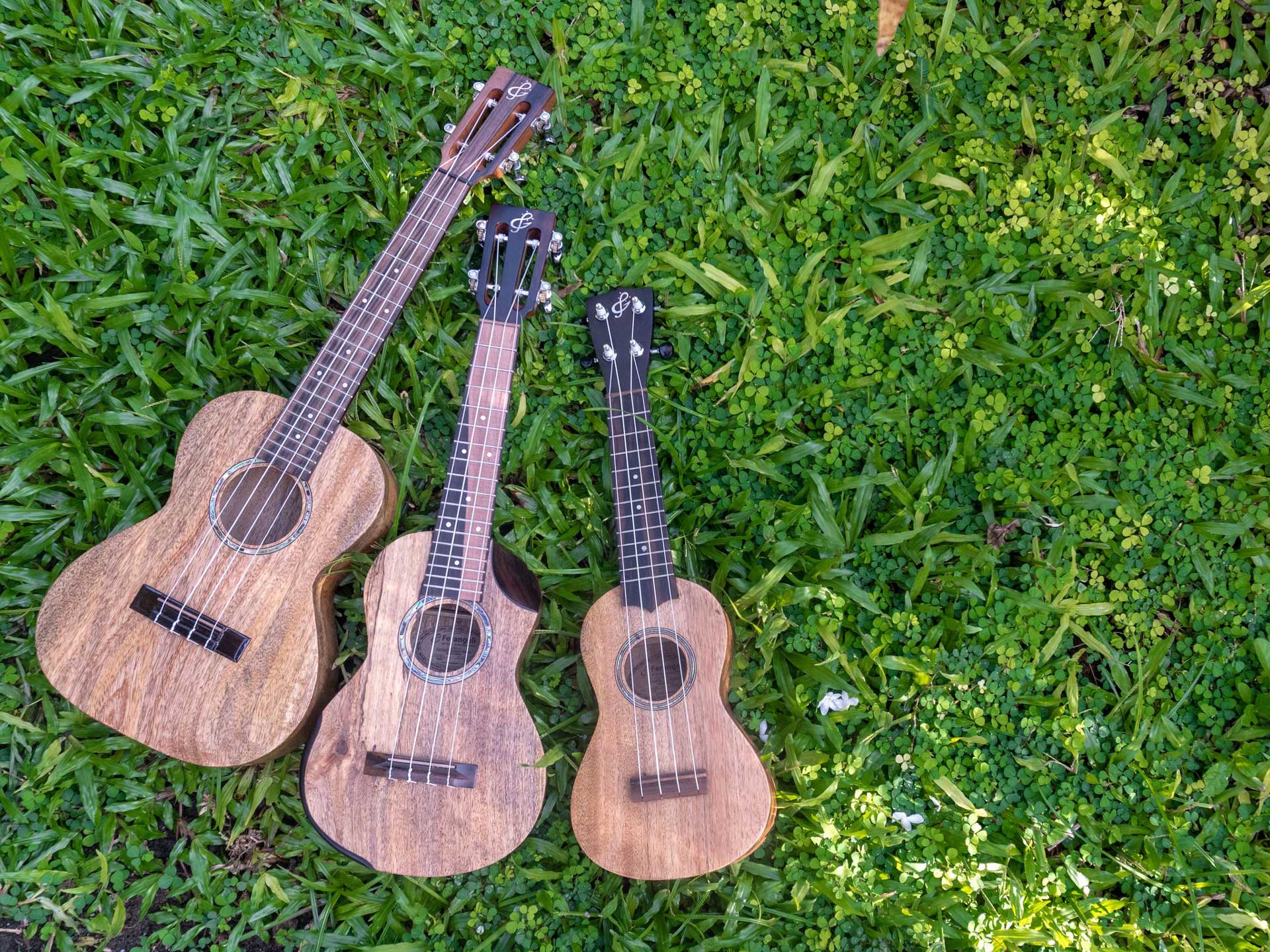
At Ferangeli Guitar Handcrafter, we understand the importance of finding the perfect ukulele for beginners. It can be a daunting task with so many options, but don’t worry – we’ve got you covered. In this comprehensive guide, we’ll take you through everything you need to know to choose the best ukulele for you.
What to Look for in a Beginner Ukulele
Size: When looking for a ukulele, there are a few key factors to consider. The first is the size of the ukulele. Ukuleles come in four sizes: soprano, concert, tenor, and baritone. Soprano ukuleles are the smallest and are great for beginners because they are easy to play and have a bright, cheerful sound.
Material: Another factor to consider is the material of the ukulele. Ukuleles can be made from various materials, including wood, plastic, and metal. Wood is the most popular choice and can give the ukulele a warm, rich tone. Plastic and metal ukuleles are more durable and affordable, but they can have a more muted sound.
Price: Finally, you’ll want to consider the price of the ukulele. As a beginner, you don’t need to spend a fortune on a ukulele, but it’s worth investing in a good-quality instrument that will last you for years to come.
Our Top Ukulele Picks for Beginners
Anj-Series Mango Concert Ukulele
-
 Anj-Series Mango Concert Ukulele₱3,500.00
Anj-Series Mango Concert Ukulele₱3,500.00
Our Anj-Series Mango Concert Ukulele is a great choice for beginners because it’s the most affordable solid wood ukulele, easy to play, and has a beautiful sound. It’s made from Philippine Mango wood, which gives it a warm, mellow tone, and it has geared tuners that make it easy to keep in tune. Plus, it comes with a soft case, so you can take it with you wherever you go.
Listen to the sound sample in this video:
Entry-Level Mango Tenor Ukulele
-
 Tenor Ukulele – Mango Entry-Level₱5,500.00
Tenor Ukulele – Mango Entry-Level₱5,500.00
The Entry-Level Tenor Ukulele is a step up in size from the Anj-Series Concert Ukulele, but it’s still a great choice for beginners. They’re also made with Philippine woods like Mango, Acacia, Gmelina, Jackfruit, and Mahogany, with a rich, warm tone that sounds great in any setting. It also comes with Aquila Nylgut strings, which are some of the best strings you can get for a ukulele.
How to Choose the Right Ukulele for You
Choosing the right ukulele is a personal decision that depends on your preferences and needs. Here are a few tips to help you make the right choice:
- Try out different sizes: If possible, try out different sizes of ukuleles to see which one feels most comfortable to you.
- Listen to the sound: The sound of a ukulele is subjective, so listen to as many as you can to find one you like. Check the different sound samples from our YouTube channel here: // insert playlist to all ukuleles
- Consider your budget: Ukuleles can range from very affordable to very expensive, so consider how much you’re willing to spend before making a decision.
Conclusion
Finding the perfect ukulele for beginners can be a fun and rewarding experience. By considering the size, material, and price of the ukulele, and trying out different options, you’ll be well on your way to finding the right ukulele.

